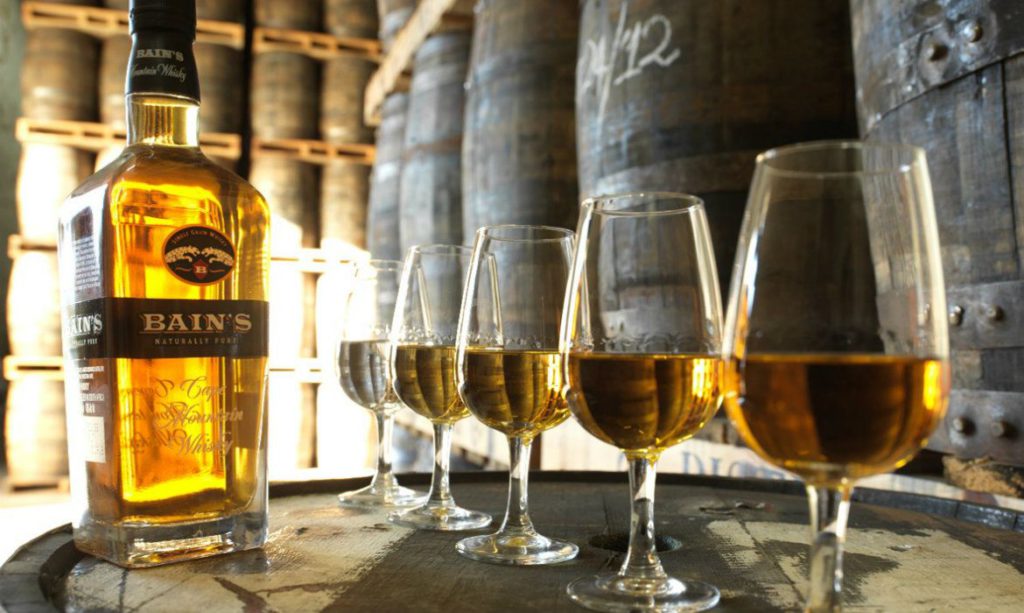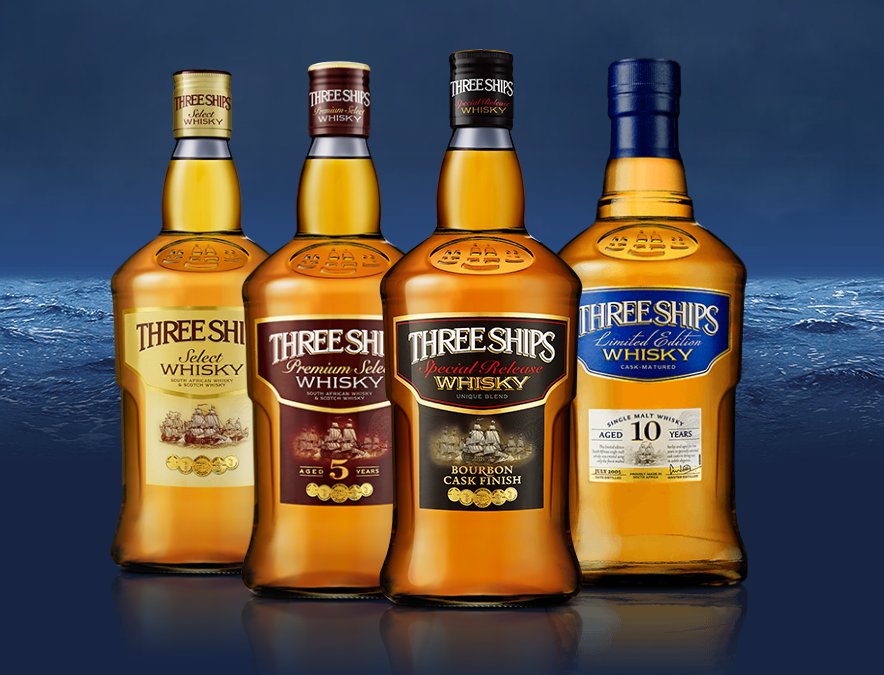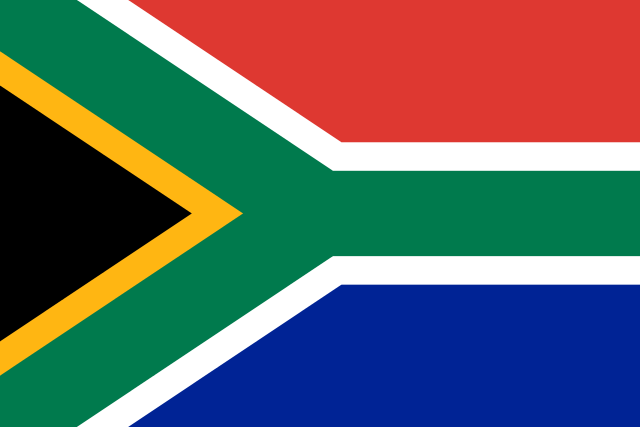From wines to olive oils, we’ve already covered a number of South Africa’s top exports on this blog. South Africa’s varied, fertile lands, from rolling grassland to the lush greenery of the coastal regions, seem to produce new culinary delights by the dozen.
We can add another product to the list: whiskey. Though it’s less well-known than South Africa’s award-winning wines, South African whiskey is no less celebrated, and slowly building up a strong profile. In fact, South African whiskeys are the only liquor of their kind in the whole continent.
Certainly, distilling is made much easier by the fact that parts of the country, specifically Wellington, home to the renowned Three Ships brand, very much resemble areas of the Irish and Scottish highlands were whiskey was first produced.
In some ways, it was only natural that whiskey would expand the way it did. After all, for many years, whiskey consumption grew steadily from 2006 until 2015, when it contracted slightly (only by 7%) due to stiff competition from gin and brandy.
Today, the two best-known brands of South African whiskey are Bain’s Cape and Three Ships, both of which have won a number of international awards. Three Ships was crowned Best African Single Malt in 2013 and 2014, and named Africa’s Best Spirit at the 2014 China Wines and Spirits Competition. On the other hand, Bain’s Cape Mountain Whiskey, a single grain vintage, was awarded the lofty title of World’s Best Grain Whiskey in 2013.
What’s the secret to these two whiskey powerhouses? According to distillers Jeff Green and Andy Watts of Bain’s Cape, it may have to do with the ingredients and profile: for instance, Bain’s Cape is made from local maize, which, surprisingly, was long an ingredient of Scotch whisky. Both men also credited South Africa’s warm, Western Cape climate, which they believed accelerated the maturation process. This certainly explains why their younger vintages (usually 5-10 years old) are so popular with experienced drinkers.

Bain’s Cape. Source: The Daily Meal.
For now, most of the whiskey made in South Africa stays at home. Much of the growth has been domestic, and South African whiskey, as impressive as its accomplishments may be, comprised only 0.21% of global exports in 2013.
For the most part, the James Sedgiwck Distillery holds the majority of South Africa’s whiskeys, producing Bain’s Cape, Three Ships, as well as Knight’s and Harrier (two entry-level brand). Possibly the only independent brand is Drayman’s Highveld, made at a facility which also produces beer and liqueur in addition to whiskey.
Let’s hope that these whiskeys will make their way to a store near you, sometime soon. As any whiskey aficionado knows, it’s quite difficult to describe the smooth, flavorful taste of a fine, well-made single malt.










